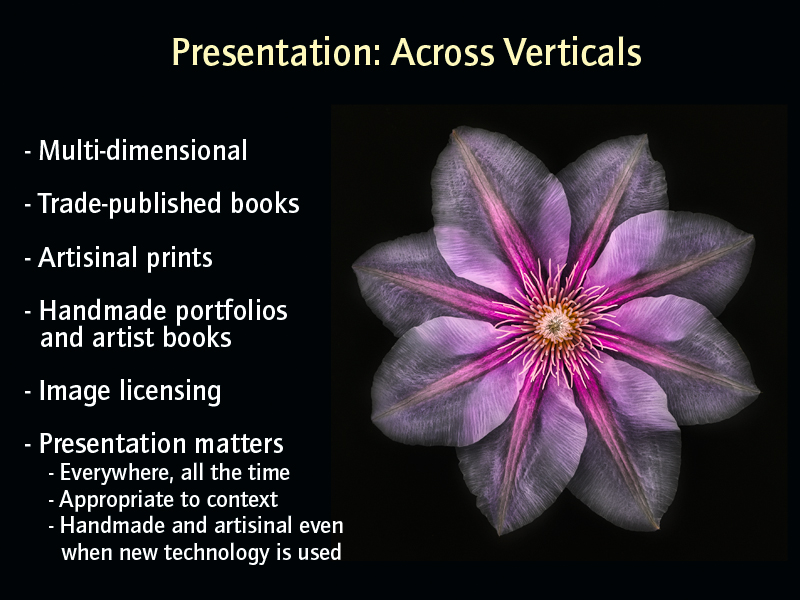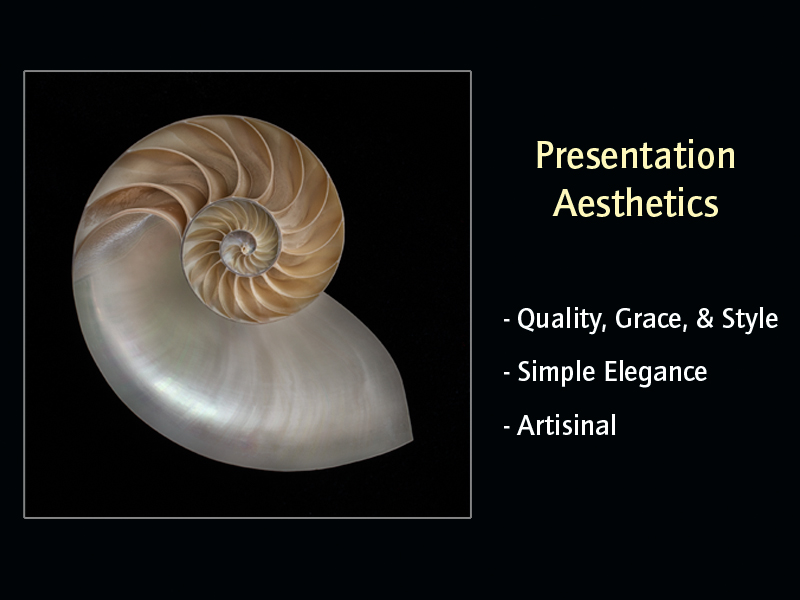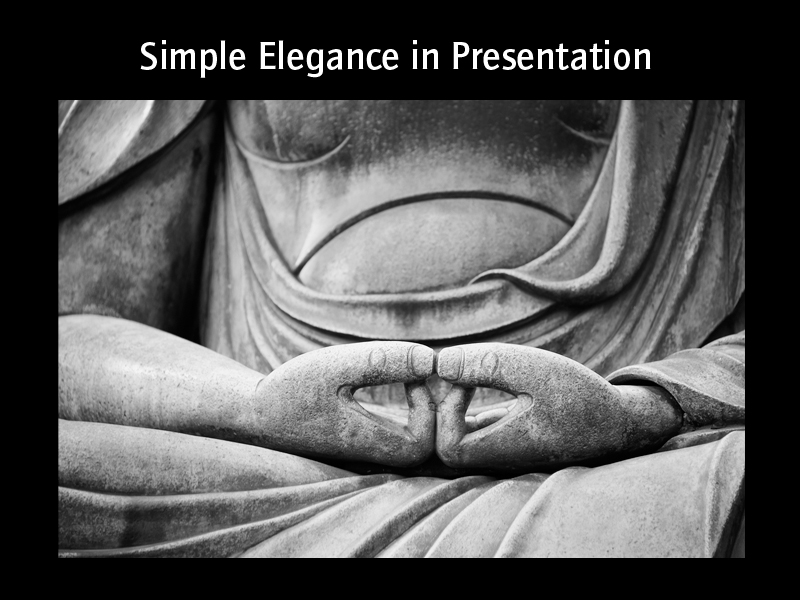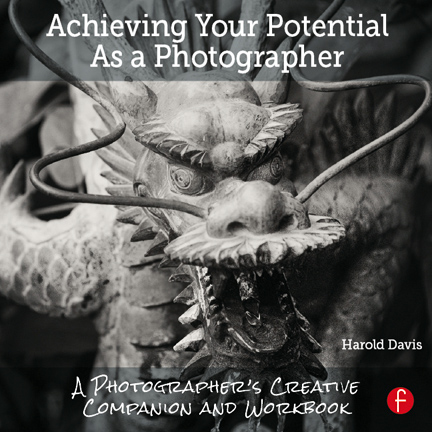Roger Horton is the CEO of Taylor & Francis (T&F), one of the world’s largest publishers of academic and professional titles. T&F is one of the companies in the Informa Group, a multi-national player with 6,500 employees world-wide and multi-billion dollar revenues. Here’s part of the Informa mission statement:
We operate in the Knowledge & Information Economy, delivering products and services to commercial and academic customers through an array of media, from digital to print to face-to-face. Through this engagement, we share knowledge, insight and intelligence in specialty topics, and we provide connectivity to expert communities.
T&F has bulked up via acquisitions over the years, with Routledge a major acquisition in 1998, and CRC Press acquired in 2003. More recently, Focal Press, one of my publishers, was acquired. Focal has a very long and distinguished history of publishing photography books since the 1930s, but now has essentially been gutted, with the imprint recast as a division of Routledge.

Getting back to Mr. Horton (as you’ll recall, he is the CEO of the conglomerate that swallowed Focal Press, one of my publishers), in a financial presentation to shareholders, he has stated that “content quality is king: print, e-books, online are merely the delivery tools.”
In other words, content divorced from its presentation is now seen as the key to the publishing kingdom. This content can be sliced, diced, and resold at a profit without having to worry about the high production or inventory cost of decently produced physical books (or the production costs of well-produced e-Books, for that matter).

I don’t want to pick on Mr. Horton too much. It’s hard to argue with the proposition that great content is, well, great. And T&F and Informa are hardly alone among big publishers in wanting to have friction-less profits based on content by itself, without having to worry about the headaches that come from producing and inventorying physical goods. To paraphrase the author Erica Jong, whose first book used the idea in a very different context, this is the dream of “zipless” publishing where virtual stuff—the ideas of experts and academics—becomes spun into monetary value for company shareholders in our physical world.
My new book, Achieving Your Potential As a Photographer: A Photographer’s Creative Companion and Workbook, was published just before Focal Press was gutted by T&F. I am very proud of the content, photographs, design, and production that went into my book. It is the last book that I will be publishing with T&F—despite a multi-book contract with Focal—because the reconstituted company simply doesn’t have a commitment to quality trade book production. My understanding is that the reason T&F has canceled my contracts is because they don’t want to live up to the quality book production standards I had written into the contracts before I signed them in 2014.
In Achieving Your Potential As a Photographer, I strongly urge readers to draw their own creative line in the sand to become the best artists that they can be.
I am the author and producer of 18 bestselling photography books that my wife, Phyllis Davis, has designed. So this is one place as an artist, photographer, and writer that I am drawing my own line in the sand. When it comes to photography books, the quality of the design, reproduction, and book production does matter—a great deal!!!
In fact, generally quality of design is a huge factor in this world, whether one is dealing in old fashioned domains or in high technology. Regarding technology, Steve Jobs’s Apple is a great case in point, showing how quality design and quality physical production add tremendous value to what would otherwise be fairly generic products.
I am committed to working as an artisan across the domains of content production. Whether I am creating books for trade publication, e-Books, fine-art prints, handmade books, or online learning tools, I will only do so with elegance, grace, and style. The timeless idea of quality can be appreciated and will be rewarded whether the mechanisms of production are the latest in high-tech printers, or as ancient as hand-made, one-off construction.
A publisher that willfully ignores the difficult issues of quality in production is definitely off-the-rails. They are looking at books and content in a very shortsighted way, and missing the forest for the trees. Yes, it does take time, money, and effort to get things right—but getting things right is always worth doing.


Pingback: Annals of Deceptive Business Models: Vida and Shopvida